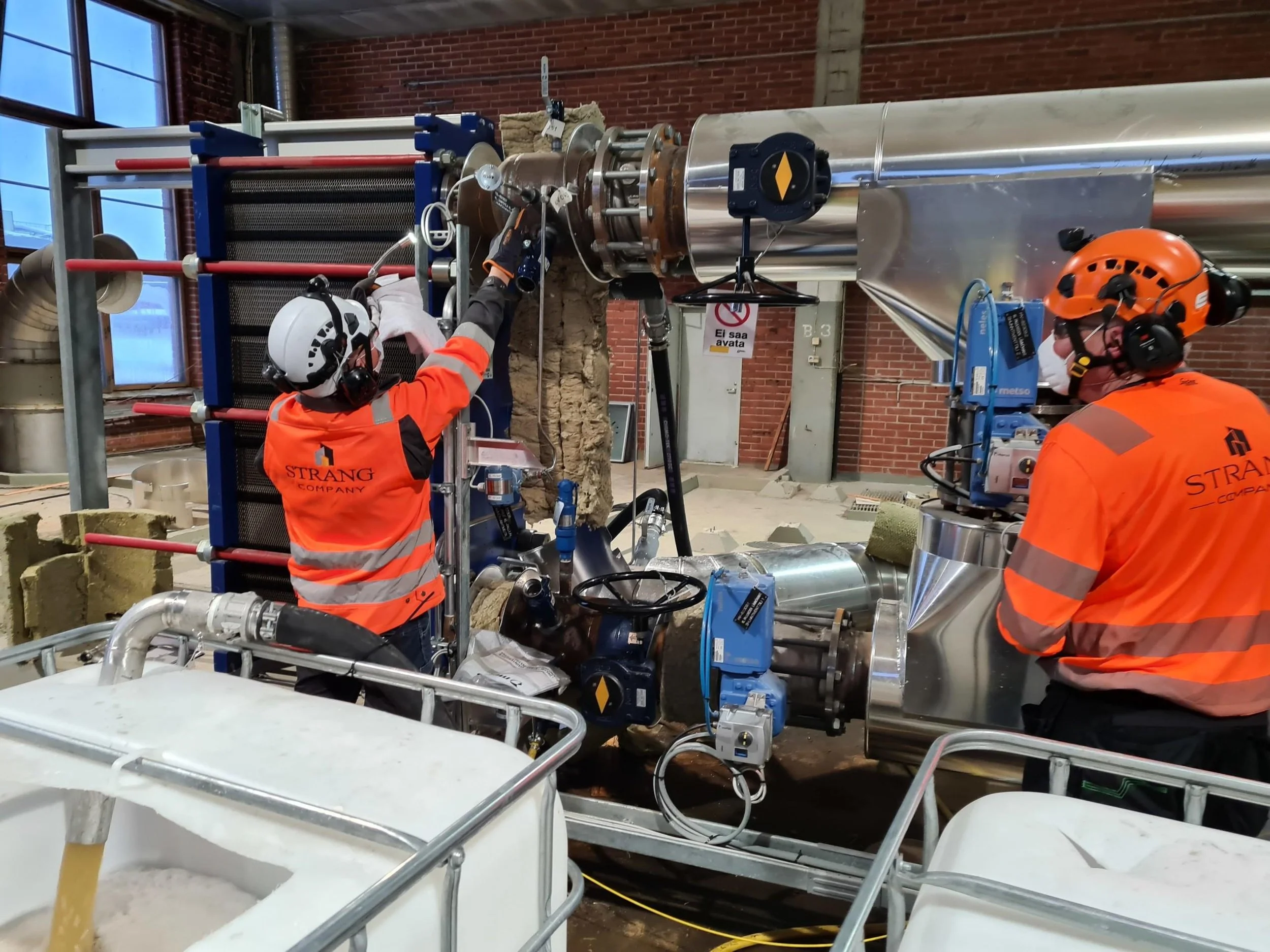
Reduce Energy Waste.
Make More Profits.
HeatHamster knows when your energy processes are wasting your money — and restores them to peak efficiency.
Why does your pulp & paper mill waste energy?
COMPLEX PROCESS. Your heat energy runs through hundreds of process devices. Your automation is designed for running production, not for improving energy efficiency.
FOULING DEVICES. The constant fouling of heat exchangers, evaporators and other equipment reduces heat transfer capacity. This increases the need for expensive steam.
FOCUS ON PRODUCTION. Your people are busy in your core business: producing pulp, paper and cardboard. Who analyzes the data? What actions should be taken? You don’t have time.
AS A RESULT OF THIS…
…40 — 70% of the produced heat energy is wasted

HeatHamster is the world’s only
constantly profitable service
for improving energy efficiency
of pulp & paper mills.
Concept of the unique service
HAMSTERS ON-SITE. The most important element is to truly understand your process and to know your people. Hamsters will spend time on-site, hands-on. Not only at the start but throughout the years. And not only because we feel it’s important. But also because we genuinely enjoy being there.
CLOUD SOFTWARE & DATA. Hamsters will collect data from your systems and add wireless sensors if needed. The cloud software turns this data into clear, actionable graphs and task lists. It also shows real-time profitability of the actions. You can use the software across your organization. Or if you are busy, we will keep it up-to-date anyway.
CONTINUOUS IMPROVEMENTS WITH YOU. Tasks are agreed and managed with your mill’s people in the weekly 15-minute Teams-meetings. Learning together is on the agenda every time. We know you are busy in the mill, so the Hamster team will keep an eye on your mill's energy efficiency constantly. Sometimes experts from our partners join or come on-site.
PROFITABLE ALL THE WAY. An energy efficient mill is also a profitable mill. Hamsters take the value proposition of profitability very seriously. This is why the invoice you get from HeatHamster is not a typical one. The first line item on your monthly invoice shows the actual savings you’ve achieved. The second line item is the cost of the service.
Energy Efficient Mills, Without Economic Risk
HeatHamster is the world’s only constantly profitable service for improving energy efficiency of pulp & paper mills.















